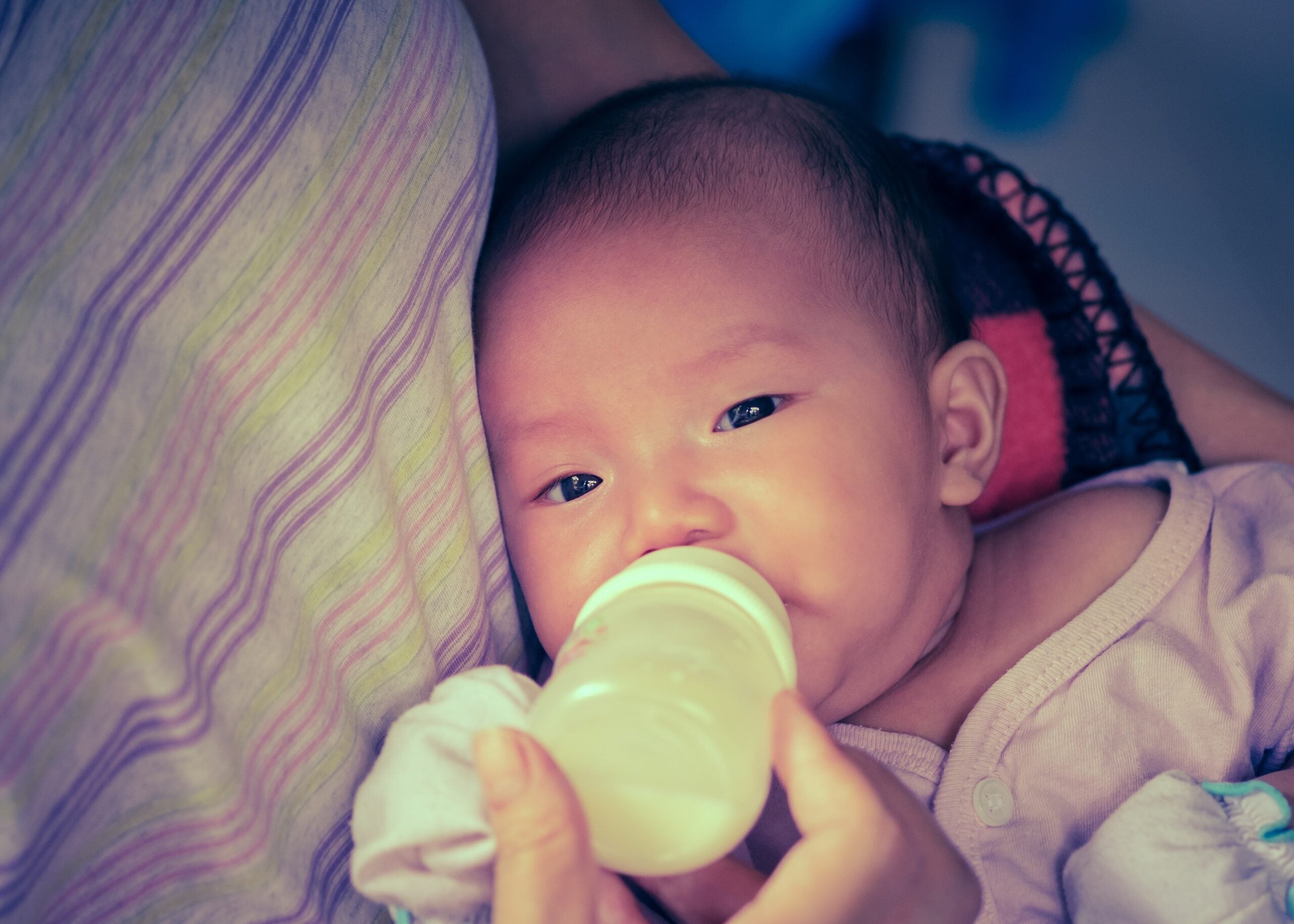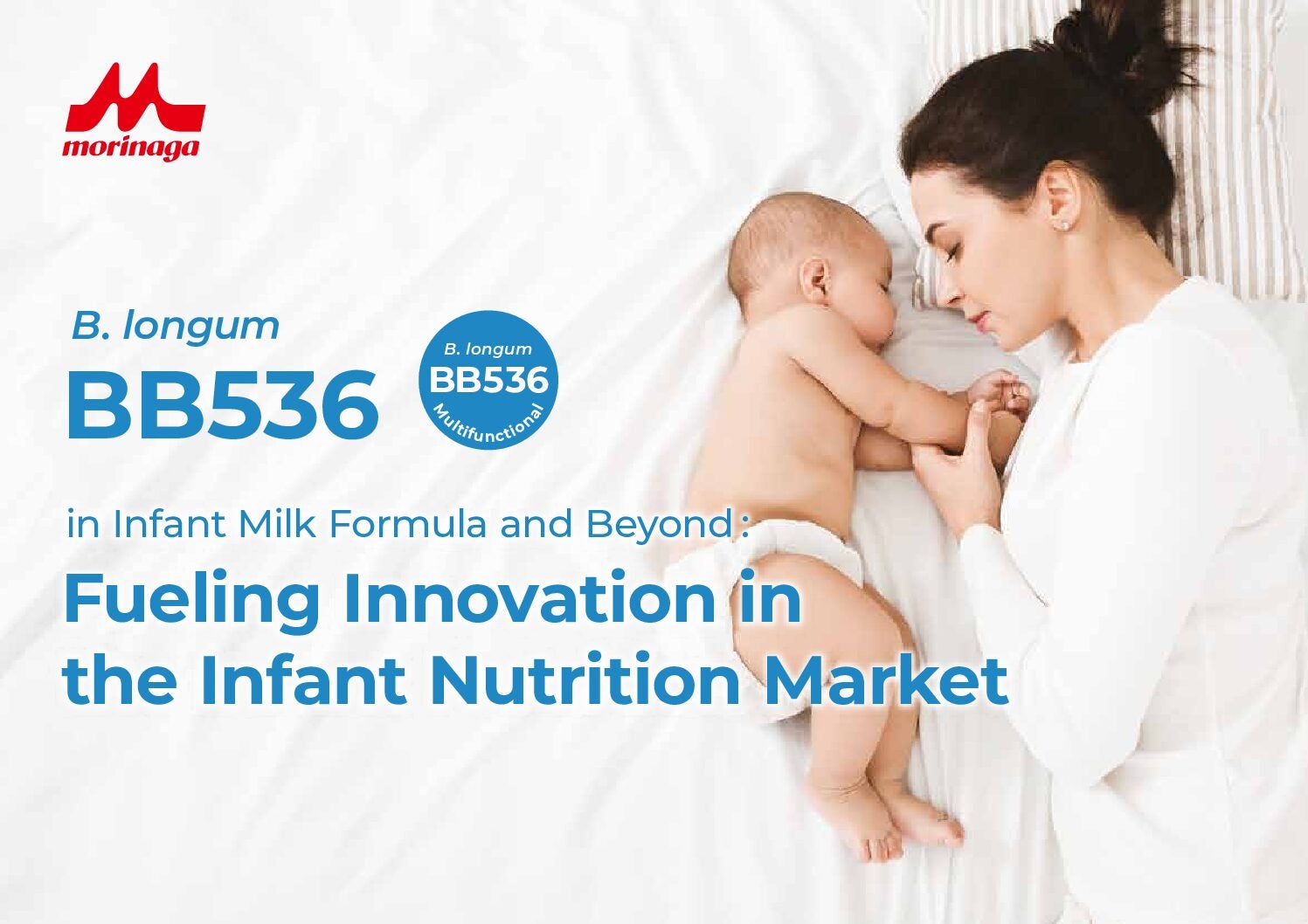
China’s efforts to encourage the growth of domestic infant-formula manufacturers have weighed on overseas players but Beijing’s attempts to boost the country’s birth rate have failed, reducing overall demand.
Beijing has been rolling out its Action Plan for the Promotion of Domestic Infant Milk Formula, published in May 2019, involving stricter manufacturing quality standards to improve parents’ perception of Chinese brands.

US Tariffs are shifting - will you react or anticipate?
Don’t let policy changes catch you off guard. Stay proactive with real-time data and expert analysis.
By GlobalDataIt set a goal to increase the portion of domestically-manufactured infant formula in China to 60%, with another target to increase the use of China-produced fresh milk in production through tax incentives and subsidies to firms using Chinese inputs.
China-based players such as Feihe, Junlebao and Yili have been leveraging the official support for their product quality with advertising campaigns. Feihe jingles stress the company’s products are “more suitable for Chinese infants”, in a sideswipe at international peers.
The advertising may be working – China Feihe Ltd is now the country’s infant formula leader, having grown its market share from 12.3% in 2019 to 17% in 2020, according to Nielsen. Reporting its 2021 financial results last week, Feihe did not provide more recent data on its market share but described itself “as one of the most widely recognised and reputable infant milk formula brands among Chinese consumers today”. The group’s revenue rose 22.5% to CNY22.78bn (US$3.46bn) in 2021.
Both Feihe and Junlebao have been spending aggressively in acquiring customers in smaller cities through ‘nutrition seminars’, both offline and online, as well as targeting the key retail channel of specialist mother-and-baby stores. “The big multinational brands were making lots of money in Beijing and Guangzhou, but Feihe and Junlebao were on the ground here working with mother-and-baby shops,” explains Wang Lingyu, a freelance infant formula sales agent in the southerly city of Ningde.
She says she has worked for several Chinese infant formula firms, including Feihe, on marketing campaigns. She has also been selling the company’s products through a store on the instant messaging WeChat channel and payment system. In its 2021 results statement, Feihe claimed to have conducted “more than 1,000,000 face-to-face seminars” last year, securing more than 2.2m “new customers”.
China’s rationalisation and standardisation of the country’s dairy industry have bolstered consumer confidence in local manufacturers, which had been battered by the 2008 melamine scandal. It has also boosted confidence by encouraging the consolidation of the upstream dairy industry, consolidating the sector around giant dairy enterprises, such as Mengniu and Yili.
Bigger companies have the financial muscle to deliver more consistent quality control and compliance with government regulations, such as the Administrative Measures for the Registration of Product Formulas of Infant Formula Milk Powder, which was introduced in 2016.
Beijing has also weeded out smaller players in China’s infant formula market through a registration system whereby companies are required to register their infant formula ingredients and are limited to three formula recipes.
This has drastically reduced the number of products on the marketplace, freeing up space in smaller cities where brands like Feihe built their strength before taking business in major metropolitan areas such as Beijing and Shanghai from multinational brands, explains independent dairy analyst Song Liang. The registration system “eliminated lots of fake foreign brands and lower-end brands”, Song says.
Covid-19 may also have provided an opportunity for Chinese brands. The pandemic effectively closed China’s huge outbound tourism industry, drastically reducing the volume of foreign-label infant formula coming in from Hong Kong and other key destinations.
The likes of Feihe, Junlebao and Yili may have persuaded China’s parents their products are sufficiently safe and good value to command their loyalty, says Zhang Xubing, a marketing executive in Shenzhen, the border city adjacent to Hong Kong, who had supplemented his own income with daigou (personal importing) purchases of infant formula from Hong Kong and Tokyo into Shenzhen.
Even though Chinese tourism will recover “in the second half of 2022”, his import business, he explains, is unlikely to recover to previous highs given the growing dominance of domestic brands.
Multinational brands have not thrown in the towel, focusing on quality segments for new sales. Speaking on an earnings call with analysts in February, Juergen Esser, Danone’s CFO, reported “mid-teens growth” from the company’s infant nutrition business in China in the fourth quarter of 2021. “Our domestic and international labels, which are sold through controlled cross-border platforms, maintained their growth and market share momentum,” Esser said.
Nestlé has found the going tough. The Swiss giant’s infant nutrition sales in China declined again in 2021, following a decrease in 2020. Nestlé acknowledged it was losing market share in China.
Speaking to analysts in February when Nestlé posted its 2021 results, CFO François Xavier Roger pointed to “challenging market conditions” but added: “Turnaround initiatives continued to progress, including a review of our product portfolio and distribution strategy.”
Mark Schneider, Nestlé’s CEO, added: “We know that we have homework to do, and we’re fully committed to doing it.”
China’s declining birth rate
The world’s most populous country has a problem: its birth rate is in decline.
In February, The A2 Milk Company, the New Zealand-based supplier of dairy and infant-formula products, reported its financial results for the six months to 31 December 2021. Its revenues were down, with its infant-formula business in China a factor. “Market conditions continued to be challenging with the China infant-milk formula market declining by 3.3% in value during the half, due mainly to the cumulative impact of a lower birth rate,” A2 Milk said. It also pointed to the impact on prices of “an increase in competitive intensity and promotional activity”.
A2 Milk, citing data from the China National Bureau of Statistics, said there were 10.6 million births in China in 2021, down 11.5% compared to 2020, a year when births had dropped 18.1% on 2019. And, using figures from Kantar, the company said the country’s infant-milk formula market fell 5% in volume terms in the six months to the end of December.
Amid China’s falling birth rate, domestic and international manufacturers will be eyeing a strategy of premiumisation, selling more expensive infant formula.
When Feihe reported its 2021 numbers in late March, the company said China’s infant formula market, when measured by retail sales, “is expected to remain stable”. One of the factors Feihe cited for its forecast was pricier formula. “Due to increasing urbanisation, rising disposable income and growing health awareness, the demand for high-end infant milk formula products, particularly super-premium products, is expected to be the driving force of the overall infant milk formula industry in China,” it said.
It is, however, a competitive part of the market. Examples include Feihe’s Organic Zhenzhi label, sold at CNY293 per 700 gram can. Nestlé’s high-end Nan label is marketed at CNY258 for an 800g can. These are fighting for market share with Danone’s Aptamil Profutura sub-brand, which is on sale for around CNY374 for a 900g can and the Enfinitas brand – now held in China under licence after Reckitt Benckiser sold the local business last year – which goes for CNY328 for an 820g can.
China’s birth rate is unlikely to be helped by the country’s threadbare social safety net, something unlikely to be funded in the short term, notes Wang Lingyu, whose comments are reflective of others on Chinese social media platform Weibo. “Most Chinese urban families are already families of eight … two kids, two parents and four grandparents,” she says, noting often there are “very low levels of social security, so the pensions are minimal and that’s a pressure on [younger] parents. Why would they choose to have more kids?”
Government policies that attempt to arrest that decline may not help infant formula producers. Having sought to rein in the country’s huge private education sector (to reduce pressure on parents to get jobs and hence more time and money to have more children), Beijing has signalled it wants to encourage breastfeeding.
Meanwhile, with other parts of the food industry, infant-formula manufacturers in China are facing pressure on input costs. Rising feed costs have pressured Chinese dairy profit margins, says Darin Friedrichs, a partner at Sitonia Consulting Co., a Shanghai-based agricultural commodities research agency. “Soybean meal prices have risen 49% over the past year and the price increases in hay and silage have also outpaced the rise in milk or formula prices, which China’s ministry of commerce price statistics show have risen 3.3% while milk prices rose by 4.1% over the same time last year.”
Unsurprisingly, Chinese dairy prices remain more expensive than American or most European production due to the high input prices and scarcity of local fodder, says a Beijing-based western supplier of cows and feed for Chinese dairies who spoke anonymously. “Higher global corn prices or fodder shortages quickly impact Chinese milk production, which is already lower on a per cow basis than international peers. There’s no slack in the system. Chinese buyers or producers of raw milk are paying more for milk than international competitors, therefore long term it has to increase prices.”
Despite the decline in births, the intense competition and cost pressure, it’s not all doom and gloom among infant-formula manufacturers operating in China. Feihe says “it is expected in 2025 the number of newborns is expected to go back to the same level as in 2021”, thanks, it notes, to the country’s move last May to allow couples to have three children.
However, the move in 2016 to allow two births failed to lead to an upswing in births so it remains to be seen if the new policy will have the impact infant-formula manufacturers would wish to see.




